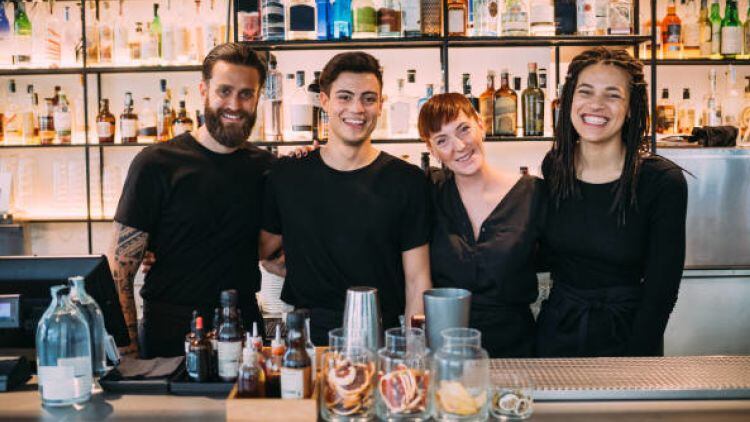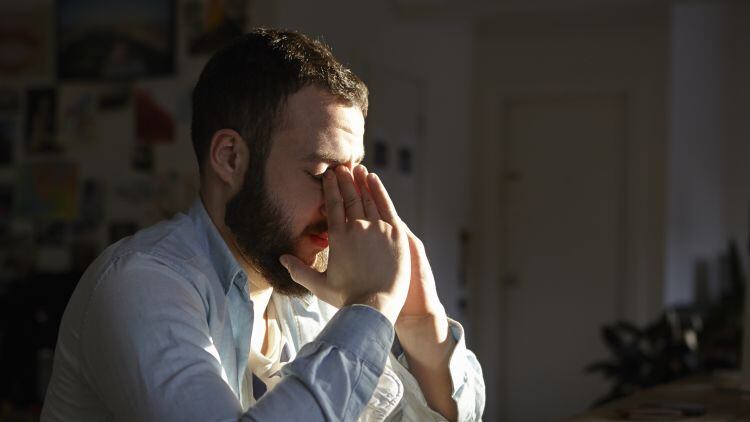The number of staff employed in the hospitality sector increased by 4% in October 2021, compared to the same month in 2020.
Wages also rose close to £10 for some and hours worked in October 2021 were 31% up compared to October 2020, with hourly rates of pay across pubs climbing steadily following the lifting of trading restrictions in April and were expected to continue to do so with the introduction of the new National Living Wage (NLW) rates coming into force in April 2022.
More than 700 companies across the sector contributed to the data, provided by global software provider for the hospitality, retail and leisure industries Fourth, which also revealed back-of-house roles have, for the first time, approached £10 per hour for over 23s.
Wages for pub staff over the course of October:
Rising wages place pressure on the sector
Fourth managing director EMEA Sebastien Sepierre said: “The new National Living Wage rates announced in the Autumn Budget will ensure the average hourly rate of pay continues to rise, placing further pressures on hospitality businesses.
“Operators will need to look beyond hourly rates of pay to navigate these waters, technology and digital solutions play an important role in helping operators hire, onboard, engage and retain team members.
“Businesses will ultimately have to be smart with their labour scheduling strategies to ensure consumer demand continues to be met and the guest experience doesn’t suffer.”
As well as hours worked and pay increases, the data also indicated British workers accounted for 54% of the hospitality workforce, compared to 47% in October 2019, while EU workers made up 31% of the hospitality workforce, compared to 42% in October 2019 and workers from non-EU countries made up 15% of the workforce, compared to 11% in October 2019.
Growth highlights labour shortage
This meant there was a 26% decrease in the number of EU workers in the industry, while the proportion of British and non-EU workers increased in the overall workforce by 16% and 29%, respectively, and revealed an increased amount of pressure on pubs and highlighted the impact the pandemic, rising wages and the formalisation of Brexit has had on the hospitality workforce.
Sepierre added: “As economic activity builds and the nation begins to move again, we are beginning to see green shoots in the hospitality sector.
“While we are not yet back to levels of 2019, more staff are being recruited and more hours are being worked than at this time last year, however, this growth serves to highlight the labour shortage and just how competitive businesses must be to both attract and retain staff.”





